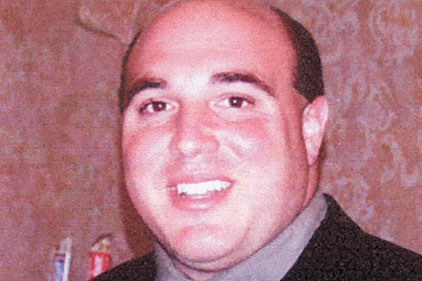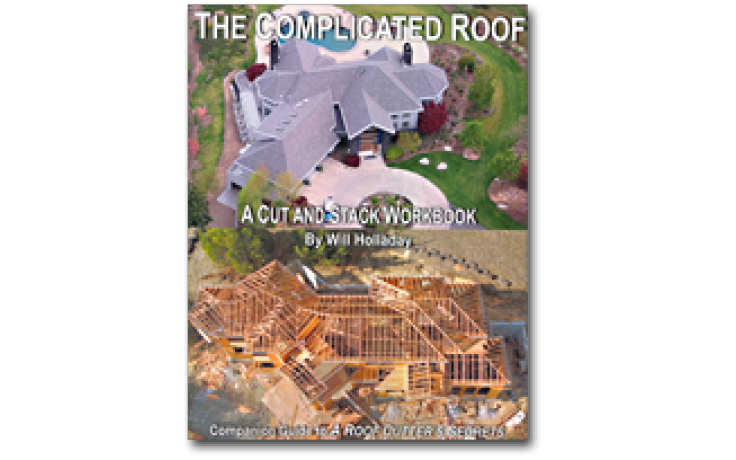Metal Roof Application Methods

Metal roof systems have become a common choice for steep-slope roof applications. Standing seam metal systems are often applied on structures that had typically used shingle applications. The aesthetic value of metal roof systems is making them more in vogue with the architectural community and their use is increasing with schools, shopping plazas, churches and municipal buildings. In addition to great aesthetics, a standing seam metal roof system — when properly applied — can provide long term waterproofing protection. Successful metal systems require proper attachment procedures, provisions for expansion and contraction, and expedient removal of water (snow and ice) from the roof surface.
Metal roof systems are comprised of the metal panel, which is typically fabricated from 22 or 24 gauge galvanized metal or aluminum, and a batten fill insulation. The metal panels are anchored to the structural components with fasteners or clips. Roof clips are secured to pre-punched holes in the supporting structure. This is advantageous because it ensures proper alignment of the panels and allows for movement of the panels without causing damage to the roof system. For effective installation, the panels should be maximum length to minimize the number of end laps. The panel end laps should overlap the adjoining panel by a minimum of 6 inches and shall be adjoined together with a reinforcing plate, top panel strap and the proper manufacturer-approved sealant. The panels are typically not secured to the structure at these points to allow for panel movement. The seams are interlocked and should provide accommodations for movement in either direction for expansion and contraction. The batten fill insulation is applied at the underside or interior side of the panels and is attached directly to the panels. Some manufacturers offer composite panels that sandwich insulation between two factory-fabricated panels.
These types of systems are the most effective when they are properly sloped. These metal systems basically function as watersheds and their success is attributed to proper slope. In my opinion, accurate slope for metal roof systems is in excess of 2 1/2:12. Some system manufacturers permit application on slopes of 1/4:12 or more. Metal roof systems’ performance capabilities increase in steep-slope applications. When applied in low-slope conditions, weatherproofing capacity is limited.
On low-slope applications there are three primary concerns: roof load, treatment of standing water, and waterproofing at seams, penetrations and fasteners. Waterproofing at seams increases in systems where the metal panels are adjoined with double folds as opposed to metal seams with only lapped seams. The lapped seams rely on sealant to provide weatherproofing, which becomes difficult in high-movement areas. With these systems, the panels are overlapped a minimum of one full corrugation and are adjoined with manufacturer-approved fasteners installed at required spacing intervals. In double-fold systems, the side panel connection is completed with a seaming machine that field-forms a standing lock seam. The panels are adjoined at the seams with a 180-degree single seam lock or 360-degree seam double lock. Sealant is factory applied at the seams.
Common Problems
Some of the common conditions that I have observed in numerous failure investigations of metal systems include buckling of the panels, excessive rust and corrosion of the panels, and backing out of fasteners creating openings in the system. Buckling of panels can be caused by improper span application or excessive water, snow or ice build-up in a low area. The buckling of the panels has an adverse effect on seams, creating openings. It also contributes to backing out of fasteners in the area.
Most metal manufacturers coat both sides of the panels with an alloy material to protect against rust and corrosion. However, in most instances — particularly in low-slope construction — weathering of the panels can occurs within 5 or 10 years. Rust should be addressed at the initial stages and can be repaired by wire brushing all surface rust and/or scaling rust. Rust in advanced stages corrodes the metal, reducing mil thickness and contributing to openings in the metal. All metal openings, splits and holes must be covered with metal plates or proper waterproofing materials. Coatings can be applied over metal surfaces to extend their service life and provide additional ultraviolet protection.
Openings in the system are created at all points where fasteners back out of the metal panels. There are numerous causes for these occurrences, including the use of improper fasteners. All metal system manufacturers require specific fasteners for use with their systems. Other types of fasteners, such as roofing nails or fasteners without weather-tight washers, typically do not function properly.
As with all roof systems, the most troublesome areas are at the penetrations. In metal systems, ponding water at penetration sites is an obvious source of concern. The ponding water contributes to surface rust and also could cause leaks at historically vulnerable locations. The most vulnerable point for ponding occurs at the topside of a down-slope penetration. It can be a problem if the flow of water is impeded by a penetration and remains between the metal ribs. To eliminate this problem, crickets should be constructed at the penetrations to create a free flow of water away from the penetration and down the slope to the existing gutter system.
Above all, the key elements to success with these systems are the contractor’s knowledge of the proper installation requirements and their experience level in field applications. Most of the metal roof system failures that we have investigated over the years came down to workmanship errors and improper design. Contractors should be aware that although these systems fall under the division of roofing, they are not suited for all roofing contractors. The application skills required are best suited for sheet metal workers. This division within the company has the potential to be a major profit center, particularly as competition for conventional systems increases.
These types of operations require a heavy investment in time — the time required to properly train your workforce. Metal roof system manufacturers can be a valuable ally in this training. It is in their best interest to train crews in proper application procedures to minimize warranty claims. It is also in their interest to establish trained contractors as their agents in the roofing marketplace.
Looking for a reprint of this article?
From high-res PDFs to custom plaques, order your copy today!




